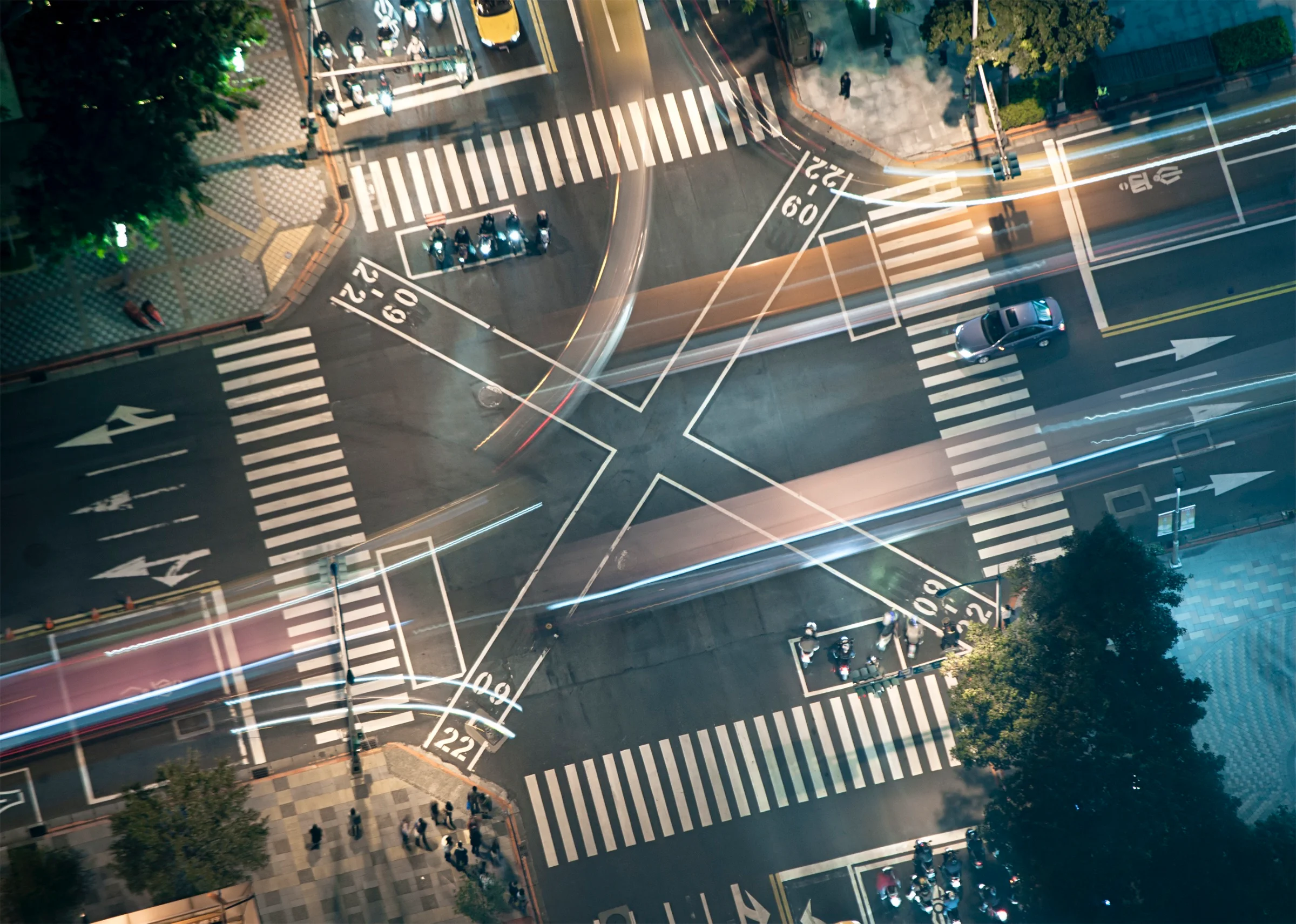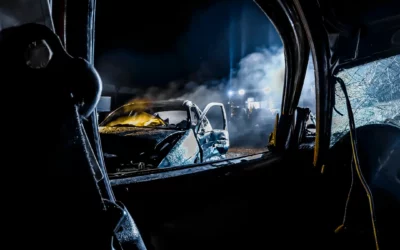Multi-vehicle accidents, commonly known as pile-ups or chain reaction crashes, present a complex puzzle of intertwined events that can make assigning fault a challenging task. Unraveling the intricacies of determining liability becomes paramount in the aftermath of such accidents, shaping the course of insurance claims and legal proceedings. In this comprehensive blog post, we’ll explore the multifaceted process of determining fault in multi-vehicle accidents and shed light on the factors influencing these crucial determinations.
The Chaos of Multi-Vehicle Accidents
A multi-vehicle accident unfolds like a domino effect, with one collision triggering a sequence of crashes involving several vehicles. The chaos and rapid succession of events create a dynamic and challenging scenario for investigators, insurance adjusters, and legal professionals tasked with determining liability.
Factors that determine liability
- Initial Catalyst: At the heart of any multi-vehicle accident is the initial catalyst. Identifying the vehicle or circumstance that set off the chain reaction is pivotal. This could be a result of sudden braking, failure to yield, distracted driving, or another form of negligence.
- Chain Reaction Events: Understanding the sequence of events that followed the initial impact is equally crucial. Did drivers maintain a safe following distance? Were they able to react promptly and appropriately to the unfolding situation? Each subsequent collision contributes to the complexity of liability assessments.
- Driver Behavior: The actions of each driver involved play a significant role. Were drivers following traffic laws and maintaining awareness of their surroundings? Determining if any driver exhibited negligent behavior, such as aggressive driving, impaired driving, or distracted driving, is integral to assigning fault.
- Environmental Factors: External elements, such as adverse weather conditions or road hazards, can exacerbate the challenges in determining liability. It’s essential to assess whether these factors played a role in the accident and if drivers adjusted their behavior accordingly.
- Vehicle Conditions: The mechanical condition of each vehicle involved is a factor to consider. Were brakes functional? Were there any pre-existing mechanical issues that contributed to the accident?
Multi-vehicle Investigation to Determine Fault
- Police Reports: Law enforcement officers who respond to the scene of the accident often create detailed reports. These reports can include witness statements, observations, and preliminary assessments of fault.
- Eyewitness Accounts: Eyewitness testimonies can provide invaluable perspectives on the events leading up to and during the accident. Collecting statements from individuals who witnessed the unfolding events can contribute to a more comprehensive understanding.
- Traffic Camera Footage: Surveillance cameras, especially at busy intersections, can capture the sequence of events leading to a multi-vehicle accident. Analyzing this footage can provide a visual timeline that aids in determining fault.
- Accident Reconstruction: In cases where liability remains unclear, accident reconstruction specialists may be called upon. Using scientific principles, these experts recreate the accident to establish how it unfolded and identify contributing factors.
legal principles guiding liability
- Negligence: Central to determining fault is the concept of negligence. If a driver’s actions deviate from the standard of care expected on the road and result in harm, they may be deemed negligent.
- Contributory Negligence: Some jurisdictions follow the principle of contributory negligence, where each party’s degree of fault is assessed. In such cases, the injured party’s recovery may be reduced based on their own contribution to the accident.
- Comparative Fault: Some jurisdictions follow the principle of contributory negligence, where each party’s degree of fault is assessed. In such cases, the injured party’s recovery may be reduced based on their own contribution to the accident.
considerations
- Delayed Onset of Injuries: Injuries sustained in multi-vehicle accidents may not manifest immediately. Determining fault becomes more complex when injuries surface days or weeks after the incident.
- Conflicting Accounts: Different drivers involved in the accident may have conflicting accounts of the events. Resolving these discrepancies requires a meticulous examination of available evidence.
- Third-Party Investigations: Insurance companies may conduct their own investigations to determine liability. Collaborating with these investigations while safeguarding one’s interests is crucial for all parties involved.
After a multi-vehicle accident, untangling the web of events and assigning fault is a daunting but essential task. The determination of liability forms the foundation for insurance claims and legal proceedings, impacting the lives of those involved. By understanding the intricate factors influencing these determinations and the investigative processes at play, individuals can navigate the complex terrain of multi-vehicle accident liability with greater awareness and resilience. Shane Gosdis wants to get the compensation that you deserve. To schedule a consultation call (385) 429-9960 or email s@gosdis.lawyer today.




